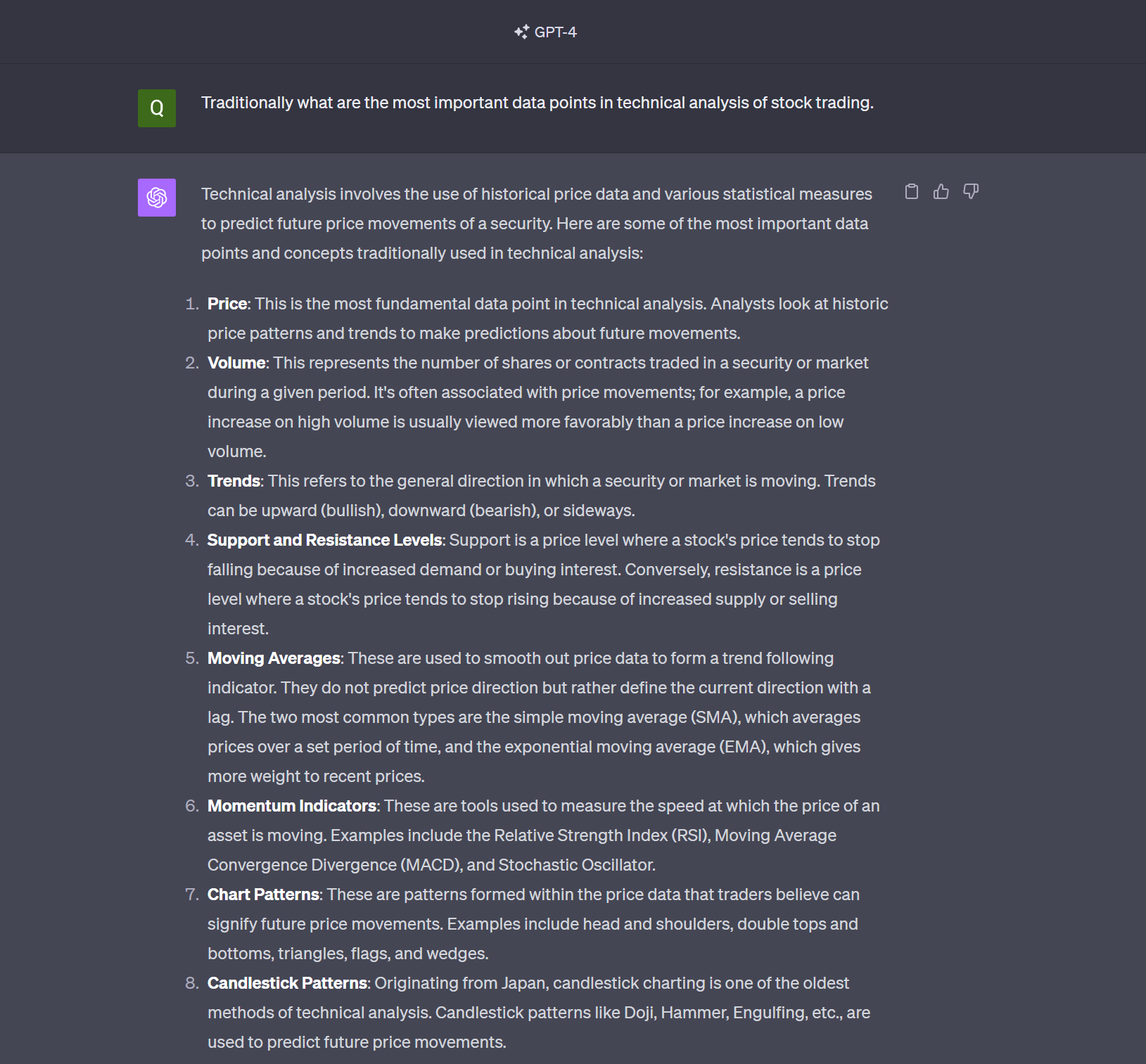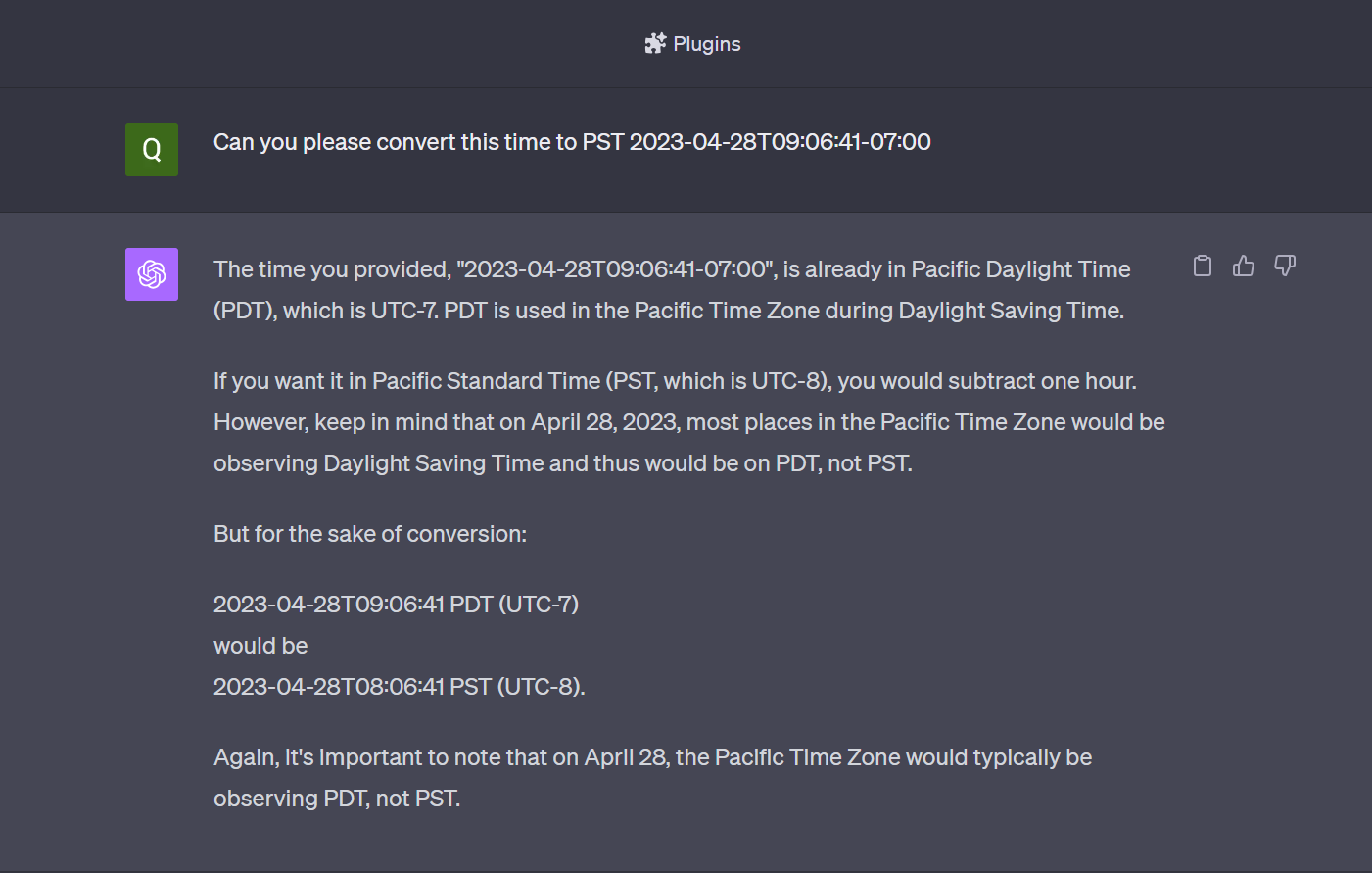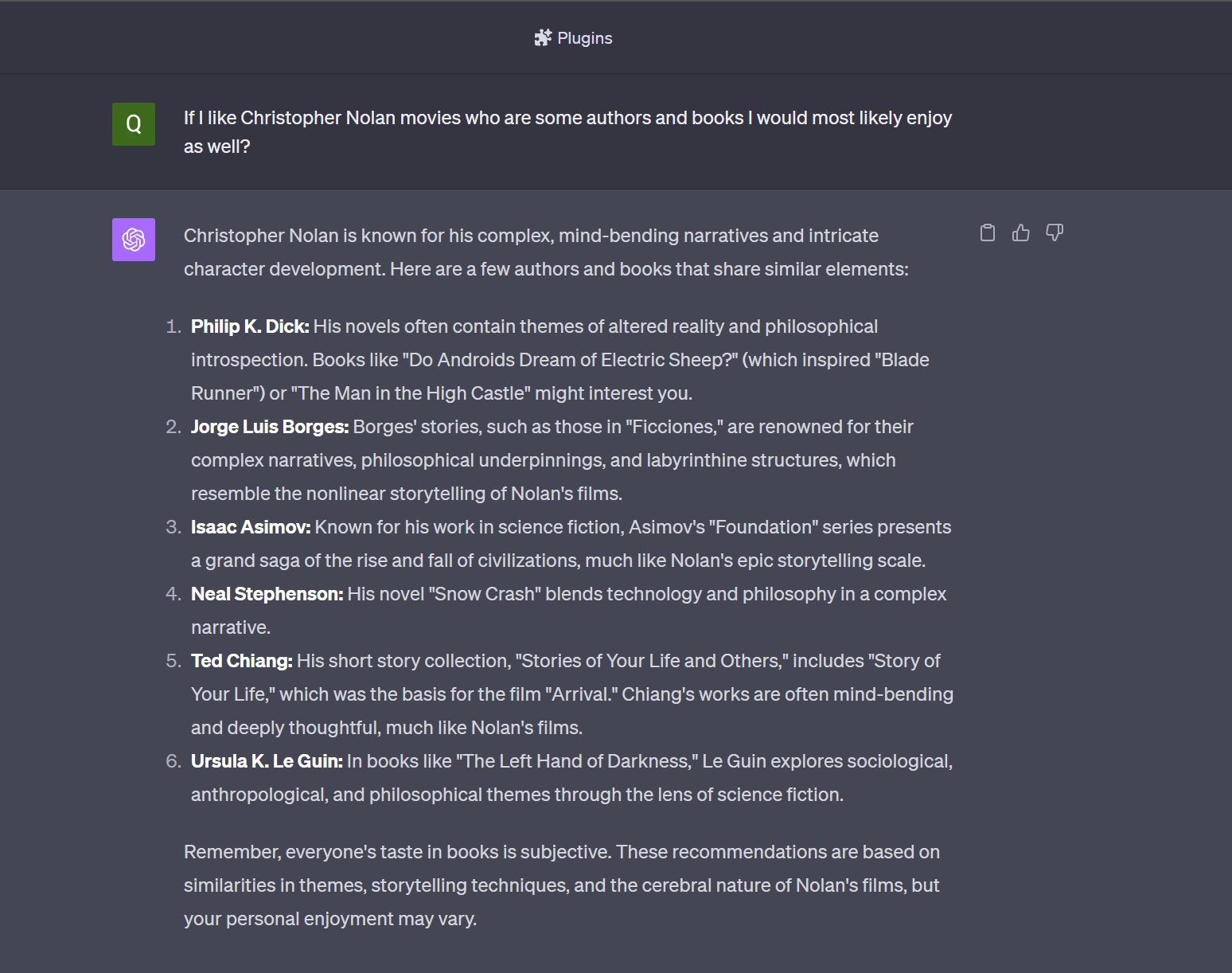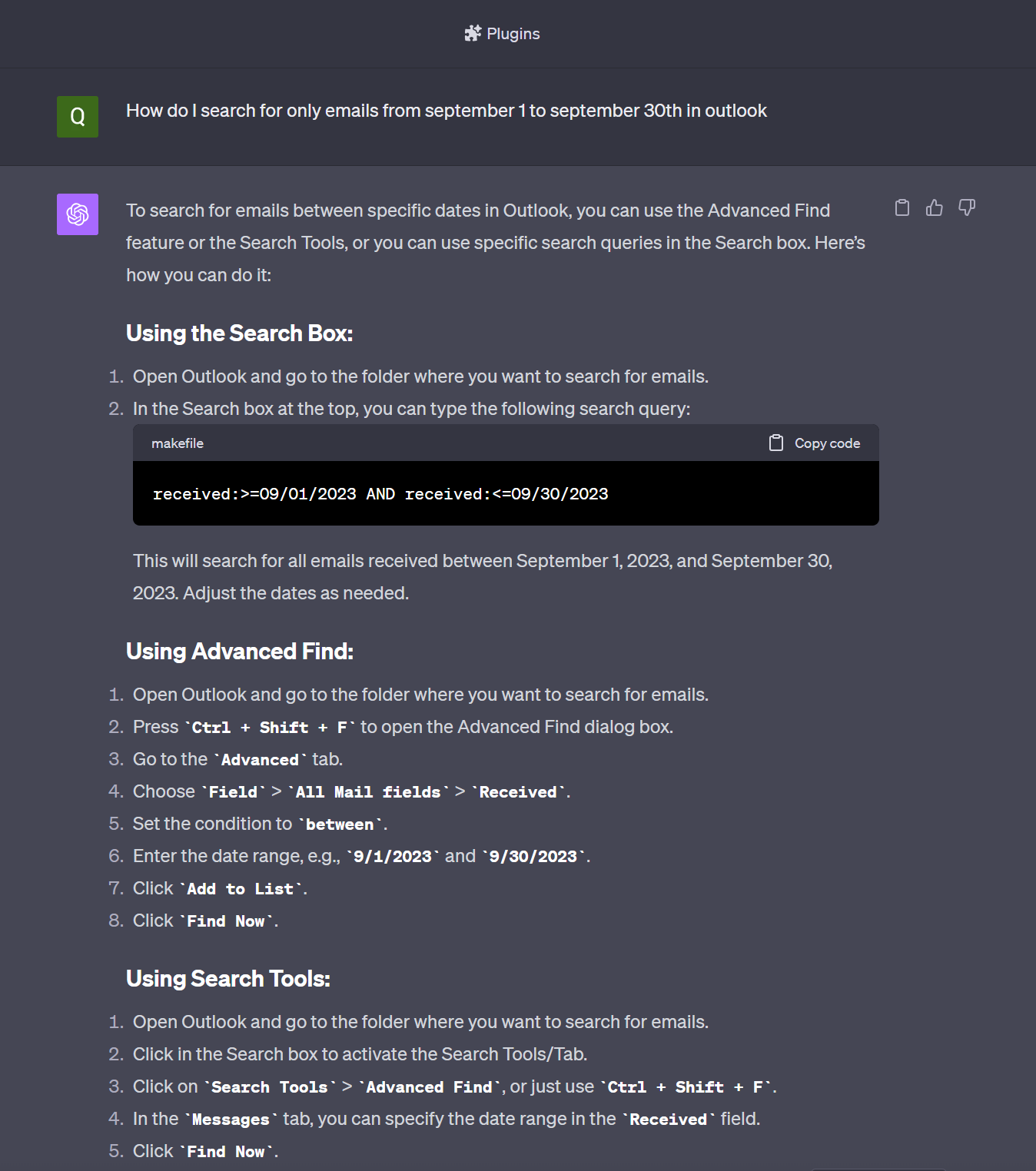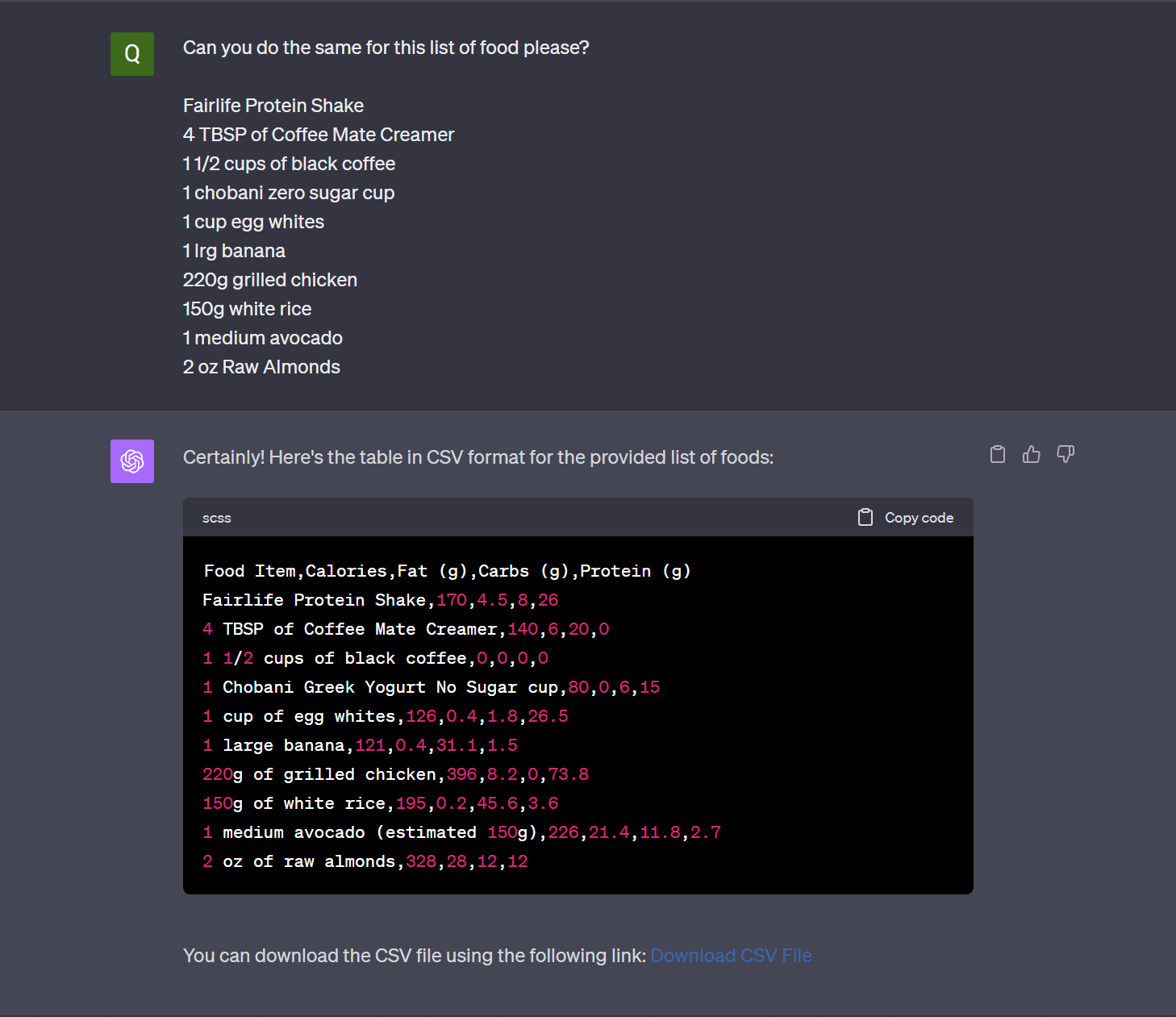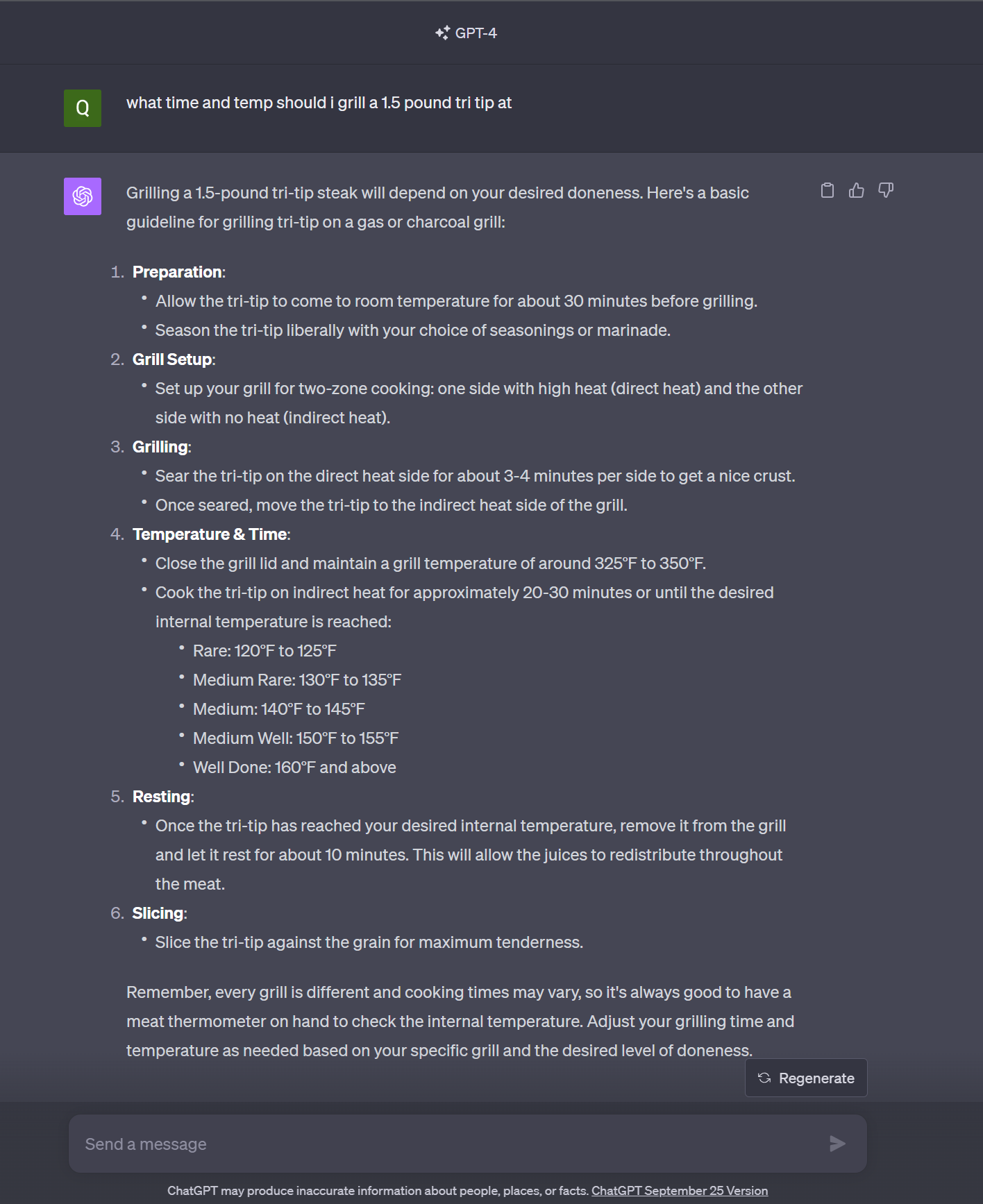Embracing the digital age doesn’t require you to be a tech guru. Dive into our guide on using ChatGPT for business and discover how even the least tech-savvy can harness the power of this revolutionary tool to drive success.
Introduction
In an era where technological advancements move at lightning speed, businesses, regardless of size or industry, are constantly looking for tools that can give them an edge. While it’s true that many of these tools require specialized knowledge or training, some innovations, like ChatGPT, are designed to be accessible even to those who aren’t technically inclined.
So, what exactly is ChatGPT? It’s a cutting-edge conversational AI developed by OpenAI. Imagine having the capability to chat with a highly knowledgeable assistant, ready to help with a plethora of tasks, from answering queries to generating content. And the best part? You don’t need a background in IT to get started.
This guide is crafted with the non-technical user in mind. Whether you’re an entrepreneur trying to streamline customer support, a manager looking to improve internal communication, or just curious about the potential of AI in your operations, we’ll walk you through the essentials of integrating ChatGPT into your business strategy.
Stay with us as we explore the ins and outs of ChatGPT, illustrating how you can harness this powerful tool to elevate your business, even if the term “coding” sounds like a foreign language to you!
Why ChatGPT is Relevant for Businesses
In today’s business landscape, responsiveness, efficiency, and innovation are paramount. Customers and clients expect answers swiftly, and internal operations need to be as streamlined as possible. This is where ChatGPT shines. Let’s delve into why this conversational AI tool is making waves in the business world:
Enhancing Customer Service:
- Instant Responses: In a world where consumers desire immediate answers, ChatGPT can provide real-time responses to queries, alleviating the need for customers to wait in long call queues or get generic email replies.
- 24/7 Support: Human agents require breaks, holidays, and sleep. ChatGPT, on the other hand, can provide consistent support around the clock, ensuring that customers always have a resource to turn to.
Streamlining Internal Processes:
- Automated Data Retrieval: Need a specific piece of information or a report generated quickly? ChatGPT can sift through databases and provide relevant data in moments, saving precious time.
- Training & Onboarding: Introducing new team members or training staff on new processes can be streamlined using ChatGPT. The tool can act as a knowledgeable guide, answering common questions and providing information as needed.
Innovative Ways Businesses are Using ChatGPT:
- Content Creation: Beyond just answering questions, ChatGPT can assist in drafting emails, creating content for websites, or generating creative ideas.
- Brainstorming: Stuck in a creative rut? ChatGPT can be used as a brainstorming partner, offering suggestions or perspectives that might have been overlooked.
As businesses evolve, the integration of tools like ChatGPT can be a game-changer. It’s not just about replacing human roles but enhancing them. By automating certain processes and tasks, teams can focus on more strategic, creative, and impactful activities, driving growth and innovation.
ChatGPT Basics for the Non-Technical User
ChatGPT Basics for the Non-Technical User
You might be thinking, “All of this sounds great, but how do I even start interacting with ChatGPT?” Fear not! While ChatGPT is a product of advanced AI technology, its interface and usage are designed to be user-friendly. Here’s a beginner’s guide to get you started:
Setting up ChatGPT:
- Platform Selection: ChatGPT is accessible via several platforms. While developers might opt for API integrations, non-technical users can easily interact with ChatGPT through web interfaces or specific applications tailored for business use.
- Registration: Like many online services, you’ll typically need to sign up. This often involves providing basic information and setting up a password-protected account.
Simple Tips to Communicate Effectively with the Model:
- Be Clear and Specific: Just like with human interactions, clarity is key. Instead of asking “Can you help?”, try “Can you help with generating a product description for a laptop?”
- Iterative Questions: If you don’t get the desired answer initially, rephrase your question or ask follow-ups. The model learns from continued interaction.
- Utilize Prompts: Prompts are specific instructions or guidelines you give to ChatGPT. For example, if you’re seeking a concise answer, you can prompt it with “In two sentences, explain…”
Common Interactions:
- Information Retrieval: Ask ChatGPT to provide data, facts, or summaries. E.g., “What are the benefits of cloud computing?”
- Creative Assistance: Seek help in drafting content, brainstorming, or design ideas.
- Decision Support: Pose hypotheticals or scenarios to get insights or perspectives. E.g., “What are the pros and cons of remote work?”
Remember, like any tool, mastery comes with practice. The more you interact with ChatGPT, the better you’ll become at phrasing your queries and understanding its responses. And while it’s AI, don’t hesitate to treat it somewhat like a new team member: introduce yourself, set clear expectations, and don’t be afraid to ask it to clarify or expand on any answers.
Harnessing Zero-Shot Learning and Providing Context
One of the standout capabilities of ChatGPT and similar models is their ability to perform ‘zero-shot learning’. This means the AI can generate relevant and accurate responses even if it hasn’t been explicitly trained on that specific query or topic. But, while this is impressive, it’s also beneficial for users to provide contextual information, especially previous examples of work, to help the model generate outputs aligned with specific standards or desired styles.
Zero-Shot Learning Explained:
- Adaptability is the Key: Zero-shot learning allows ChatGPT to tackle new, unseen prompts with proficiency. It can intuitively gauge the nature of the query and provide appropriate answers, even if it hasn’t been directly trained on that exact topic.
Boosting Output Quality with Context:
- Previous Examples Matter: While ChatGPT can generate responses in a vacuum, supplying previous examples of work can guide the model. If you’ve drafted a report and want the AI to continue in the same vein, sharing a snippet can help ChatGPT match the tone, style, and content depth.
- Iterative Refinement: Building on previous interactions can aid in refining the AI’s outputs. If the initial output isn’t perfect, use it as a foundation for further questions or requests, creating a feedback loop for better results.
Azure OpenAI and Customization for Businesses: Azure OpenAI offers businesses an avenue to tap into the power of ChatGPT in a tailored manner. Here’s how:
- Consult with A-CTO: A-CTO has extensive knowledge into the Microsoft based services that allow businesses to carve out a path to integrate ChatGPT seamlessly into their operations, while leveraging proprietary data so that the AI has a better starting point to generate in-depth responses that are context specific.
- Custom Interfaces: Azure OpenAI can develop bespoke ChatGPT interfaces ingrained with company-specific data, ensuring that interactions are not just generic but tailored to the unique nuances of your business.
- Adhering to Company Standards: Every company has its ethos, style, and standards. Azure OpenAI ensures that your customized ChatGPT model aligns with these, whether it’s in terms of communication tone, data handling, or content generation.
In essence, while ChatGPT’s out-of-the-box capabilities are vast, businesses can unlock even more potential by leveraging Azure OpenAI’s customization options and by adeptly providing context to guide the AI towards desired outputs. Not to mention you can get quite the return on investment by just adding prompt context to each new chat in ChatGPT – something that is completly out of the box for everyone!
Want a Custom ChatGPT for your Company?
We think this is one of the lowest hanging fruit for all SMB’s currently and we are happy to sit down and understand your wants and needs for a custom ChatGPT like solution. Let us help you get back to what do your company does best while leveraging the cutting edge & best in class solutions!
Maximizing ChatGPT's Potential
ChatGPT is more than just a digital assistant; it’s a flexible tool that can adapt to a vast array of business needs. But to truly harness its capabilities, it’s essential to understand some best practices and potential pitfalls. Let’s dive into how you can make the most of ChatGPT:
Customizing Interactions for Specific Business Needs:
- Tailored Prompts: Just as businesses differ, so do their requirements. Frame your prompts based on your unique business model. For instance, a retailer might ask, “Provide tips for effective online sales,” while a restaurant might prompt, “Suggest innovative marketing strategies for takeout services.” The more specific the prompt, the more specific the response.
- Feedback Loop: Use the responses from ChatGPT to refine your subsequent questions. The iterative process helps in narrowing down to precise answers.
Best Practices:
- Stay Updated: Like all tech tools, ChatGPT evolves. Periodically check for updates or new features that can enhance its utility for your business.
- Diversify Use Cases: Don’t limit ChatGPT to one function. Explore its range – from data analytics support to content creation.
- Collaboration: Integrate ChatGPT into team sessions. The varied perspectives, combined with the AI’s input, can lead to richer insights.
Common Pitfalls and How to Avoid Them:
- Over-reliance: While ChatGPT is powerful, it shouldn’t replace human judgment, especially in critical business decisions. Use it as a supplementary tool.
- Ambiguous Queries: Avoid generic questions. Instead of “How to improve?”, ask “How can we enhance our customer service efficiency?”
- Ignoring Context: Remember that ChatGPT doesn’t retain past interactions for privacy reasons. Always provide necessary context in your prompts.
By understanding the above practices and being wary of pitfalls, you can ensure that your interaction with ChatGPT is not just productive but also transformative for your business operations.
Safety and Ethical Considerations
The rapid adoption of AI tools like ChatGPT brings with it not just opportunities, but also responsibilities. As with any technology, there are considerations surrounding its ethical use and ensuring the privacy and security of users. Let’s delve into these important aspects:
Ensuring Privacy and Security:
- No Memory: It’s crucial to understand that ChatGPT doesn’t store personal conversations or remember individual users. This design choice prioritizes user privacy.
- Sensitive Information: Refrain from sharing personal, confidential, or sensitive data while interacting with the model. Always prioritize your safety and the safety of your clients.
- Regular Updates: Ensure that any platform or application you use to access ChatGPT is regularly updated. This helps in patching potential security vulnerabilities.
Using ChatGPT Ethically in a Business Context:
- Transparency with Customers: If using ChatGPT for customer service or any outward-facing tasks, always disclose to customers that they’re interacting with a machine.
- Avoiding Bias: While ChatGPT is designed to be neutral, no tool is entirely free from biases. Always double-check generated content for any unintended or biased messaging before dissemination.
- Intellectual Property: Respect copyright laws and intellectual property rights. Using ChatGPT to replicate or plagiarize copyrighted content is unethical and potentially illegal.
Long-Term Considerations:
- Human-AI Collaboration: While AI can handle many tasks, it’s essential to strike a balance. A symbiotic relationship between human workers and AI will yield the best results.
- Continuous Learning: The AI landscape is continuously evolving. Staying informed about best practices and ethical considerations will ensure your business uses AI responsibly.
By being proactive in addressing these concerns, businesses can ensure that their use of ChatGPT and similar tools is both beneficial and responsible. Remember, the goal isn’t just to harness the power of AI but to do so in a way that respects individual rights, ethical boundaries, and societal norms.
Case Studies: Real-World Applications
Often, the best way to understand the power and potential of a tool like ChatGPT is to see it in action. Here, we’ll explore a few real-world instances of businesses leveraging ChatGPT to transform their operations and achieve impressive results:
E-Commerce Store Enhances Customer Support:
- Challenge: A growing online store struggled with rising customer inquiries about products, order statuses, and return policies.
- Solution: The store integrated ChatGPT to handle initial customer interactions, answering frequently asked questions in real-time.
- Outcome: Wait times were significantly reduced, customer satisfaction scores increased, and human support agents were able to focus on more complex inquiries.
Marketing Firm Streamlines Content Creation:
- Challenge: A digital marketing agency needed to produce a large volume of content for various clients but faced time constraints.
- Solution: They used ChatGPT as a brainstorming tool and for drafting initial content pieces, which were later refined by human editors.
- Outcome: The agency was able to increase content output by 30% without compromising quality, leading to higher client retention rates.
Tech Startup Onboards New Employees:
- Challenge: A rapidly expanding tech startup had a diverse team spread across multiple countries and faced challenges in consistent onboarding.
- Solution: ChatGPT was deployed as an onboarding assistant, guiding new hires through company policies, tools, and frequently asked questions.
- Outcome: New employees reported a smoother transition, and HR teams saved substantial time, allowing them to focus on strategic HR tasks.
Local Restaurant Boosts Online Presence:
- Challenge: A local eatery wanted to improve its online presence but lacked the expertise to craft engaging content for social media and its website.
- Solution: The restaurant owner used ChatGPT to generate creative posts, menu descriptions, and promotional ideas.
- Outcome: The restaurant saw a 20% increase in online orders and reservations within three months.
These case studies demonstrate that ChatGPT’s applications span industries and can address a myriad of challenges. It’s not about replacing human roles but enhancing efficiency, creativity, and service quality.
Some of My Recent Useful ChatGPT Prompts
Looking Ahead: The Future of ChatGPT and Business
The intersection of artificial intelligence and business operations is just beginning. With the success of tools like ChatGPT, we’re on the precipice of a transformation in how businesses interact, operate, and innovate. Let’s take a speculative look at what the future might hold:
Deepening Integration into Business Operations:
- Automated Decision Support: Beyond answering questions, we might see AI models like ChatGPT assisting in decision-making processes, offering predictions based on vast datasets.
- Personalized Customer Interactions: AI could enable hyper-personalized customer interactions, tailoring responses and suggestions based on individual preferences and behavior.
Innovative Use Cases:
- Real-time Market Analysis: Imagine having real-time insights into market trends, customer sentiments, and competitor moves. Advanced AI could analyze and provide actionable recommendations instantaneously.
- Product Development: ChatGPT and similar models might play a pivotal role in ideation stages, suggesting product features or improvements based on consumer feedback and industry trends.
New Challenges and Opportunities:
- Ethical Considerations: As AI becomes more integrated, ethical challenges, especially regarding user data and decision-making transparency, will become paramount.
- Upskilling the Workforce: The workforce of the future will need to coexist with AI. This presents opportunities for employees to upskill, focusing on strategic, creative, and human-centric roles that AI can’t replicate.
Building on Feedback and Continuous Learning:
- Evolving with User Needs: AI models, including ChatGPT, will continue to evolve based on user feedback, ensuring they remain relevant and effective in addressing ever-changing business challenges.
- Augmented Collaboration: The future might see AI not as a separate tool but as an integral collaborator, working hand-in-hand with human teams, each amplifying the other’s strengths.
The journey of AI in the business realm is filled with possibilities. While the path might be riddled with challenges, the potential rewards in efficiency, innovation, and growth are immense. Businesses that adapt, learn, and grow with these tools will undoubtedly be at the forefront of tomorrow’s success stories.
Conclusion and Key Takeaways
As we’ve journeyed through the ins and outs of ChatGPT’s role in the business realm, it becomes evident that the integration of artificial intelligence into our daily operations is not just a fleeting trend, but a transformative shift. While the technical underpinnings of AI can be intricate, its practical applications are genuinely accessible, even to non-technical users.
Key Takeaways:
User-Friendly Tool: Despite its complex architecture, ChatGPT is designed to be intuitive and user-friendly, catering to both technical experts and business professionals without a tech background.
Versatility is King: From customer support to content creation, the range of tasks ChatGPT can assist with is vast. The key lies in identifying and harnessing its potential based on unique business needs.
Safety First: Privacy and ethical considerations are paramount. Use ChatGPT responsibly, ensuring personal and client data’s security while adhering to ethical guidelines.
Continuous Evolution: The AI landscape, including ChatGPT, is ever-evolving. Staying updated and adaptable ensures businesses remain ahead of the curve.
Bright Future Ahead: The synergy of AI and business heralds a future replete with opportunities for growth, efficiency, and innovation. The fusion of human creativity with AI’s computational power promises a transformative era for industries across the board.
In closing, the fusion of technology and business operations represents more than mere efficiency; it’s about reimagining the boundaries of what’s possible. As tools like ChatGPT become commonplace, the businesses that thrive will be those that embrace this new era with curiosity, adaptability, and an unwavering commitment to value creation.
Resources and Further Reading
For those keen on diving deeper into the world of ChatGPT, AI in business, and the ever-evolving landscape of technology, we’ve compiled a list of invaluable resources and recommended readings:
ChatGPT and OpenAI:
- OpenAI’s Official Blog: Stay updated with the latest research, developments, and insights directly from the team behind ChatGPT.
- “Language Models are Few-Shot Learners”: Dive into this research paper to understand the science behind models like ChatGPT.
Business Applications of AI:
- “Human + Machine: Reimagining Work in the Age of AI” by Paul R. Daugherty & H. James Wilson: A comprehensive look at how AI is reshaping the business world.
- “AI Superpowers: China, Silicon Valley, and the New World Order” by Kai-Fu Lee: Explore the global landscape of AI development and its implications.
Ethical Considerations in AI:
- “Weapons of Math Destruction: How Big Data Increases Inequality and Threatens Democracy” by Cathy O’Neil: Delve into the ethical challenges posed by big data and AI algorithms.
- The AI Now Institute: A research institute examining the social implications of AI. Their publications cover a broad spectrum of AI ethics topics.
Azure OpenAI and Custom AI Solutions:
- Azure’s AI Services Page: Discover the suite of AI solutions offered by Azure, including customization options and business tools.
- “Building Custom AI Solutions with Azure”: A developer-focused guide to building bespoke AI solutions using Azure’s tools.
Online Courses and Webinars:
- Coursera’s “AI for Everyone”: An introductory course by Andrew Ng, introducing the basics of AI and its business implications.
- OpenAI’s Webinars: Periodic webinars and seminars from OpenAI researchers discussing various AI topics.
Expanding your knowledge and staying abreast of advancements is crucial in our fast-paced, tech-driven world. These resources will provide both foundational knowledge and cutting-edge insights, ensuring you’re well-equipped to navigate the future of AI in business.


